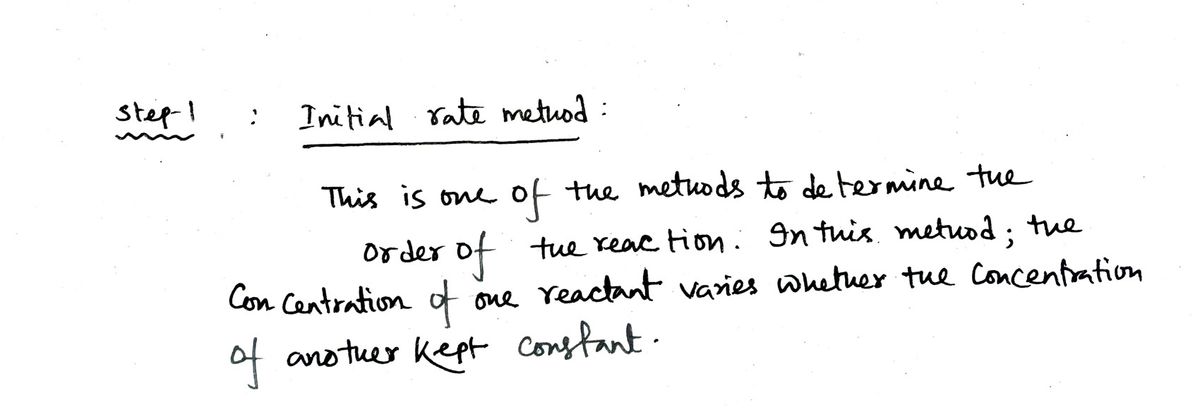For a reaction of the form, A + B + C --> Products, the following observations are made: doubling the concentration of A increases the rate by a factor of 8, doubling the concentration of B has no effect on the rate, and doubling the concentration of C increases the rate by a factor of 2. Select the correct rate law for this reaction from the choices below.
You and your lab partner are studying the
| Experiment | [A] (M) | [B] (M) | Rate (M/s) |
|---|---|---|---|
| 1 | 0.2 | 1.6 | |
| 2 | 0.4 | 1.6 |
(a) Which of the following reactant concentrations could you use for experiment 3 in order to determine the rate law, assuming that the rate law is of the form, Rate = k [A]x [B]y? Choose all correct possibilities.
(b) For a reaction of the form, A + B + C --> Products, the following observations are made: doubling the concentration of A increases the rate by a factor of 8, doubling the concentration of B has no effect on the rate, and doubling the concentration of C increases the rate by a factor of 2. Select the correct rate law for this reaction from the choices below.

Step by step
Solved in 5 steps with 5 images









